Focus on Iodine Deficiency Disorders
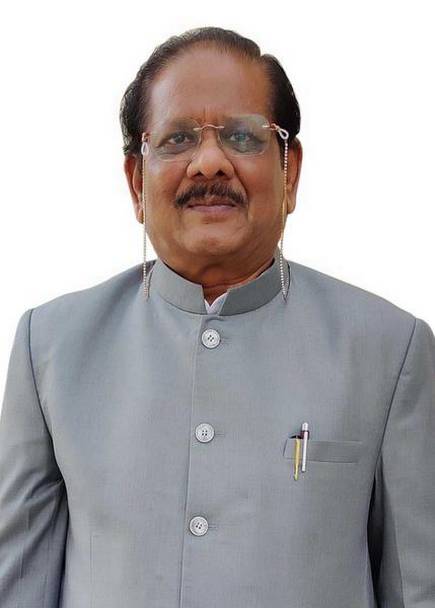 According to the World Health Organisation (WHO), Iodine Deficiency in foetal life and early childhood remains the single most important and preventable cause of mental retardation, globally. Even mild iodine deficiency can prevent children from attaining their full intellectual and physical potential…..…
According to the World Health Organisation (WHO), Iodine Deficiency in foetal life and early childhood remains the single most important and preventable cause of mental retardation, globally. Even mild iodine deficiency can prevent children from attaining their full intellectual and physical potential…..…
By Dr Chandrakant S Pandav
Sustainable elimination of Iodine Deficiency Disorders (IDD) is directly linked to economic growth. The Intelligence Quotient (IQ) score of children living in an ‘Iodine Deficient’ environment is nearly 13.5 IQ points less than those living in iodine sufficient environments (2). A one-point increase in a nation’s average IQ is associated with 0.11% increase in Gross Domestic Product (GDP)! Therefore, a 13.5 IQ point increase can result in a 1.49% increase in our GDP!!
Iodine Deficiency is a disease of the soil. If the soil is deficient in iodine, then the food crops grown on that soil are also deficient in iodine. IDDs have been shown to be associated with at least 10 of the Sustainable Development Goals. Salt, because of its unique characteristics, is an ideal fortification vehicle. It is a commodity universally consumed by all – rich and poor, male and female, urban and rural, young and old, in summer and in winter. Each individual consumes, on an average, 12 grams of salt per day. Salt is therefore fortified with Iodine under the Universal Salt Iodisation (USI) program to address Iodine Deficiency Disorders (IDD) in the country. Since the implementation of the USI in India, salt iodisation has achieved remarkable success. As of now, iodised salt reaches 92.4% of the population in the country (India Iodine Survey, 2018 – 2019). Universal Salt Iodisation (USI) is one of the most successful public health interventions. It has been credited with the elimination of IDD in the world.
2. The Public – Private Partnership (PPP) Model
Public Private Partnership (PPP) refers to any arrangement between the government and the private sector for the common good of the people. Whilst the public sector is seen as representing a pool of resources to the delivery of key public services, the private sector is regarded for its ability to harness its expertise in realising substantial incremental values of those resources. The public sector’s potential will not be fully realised without the private sector. Private sector’s participation can expand opportunities with new and innovative approaches, and better business and management expertise. The benefits of working with the private sector include improved access and reach, better efficiency, opportunity to regulate and establish accountability, improve quality, and practice rationale (3). Given the respective strengths and weaknesses, neither the public sector nor private sector alone is in the best interest of any program, including the sustainable Universal Salt Iodisation (USI) program.
There are very few examples of Public Private Partnerships in the field of health and nutrition in India. Of the few, none are as large-scale and significant as in the case of the Universal Salt Iodisation (USI) program.
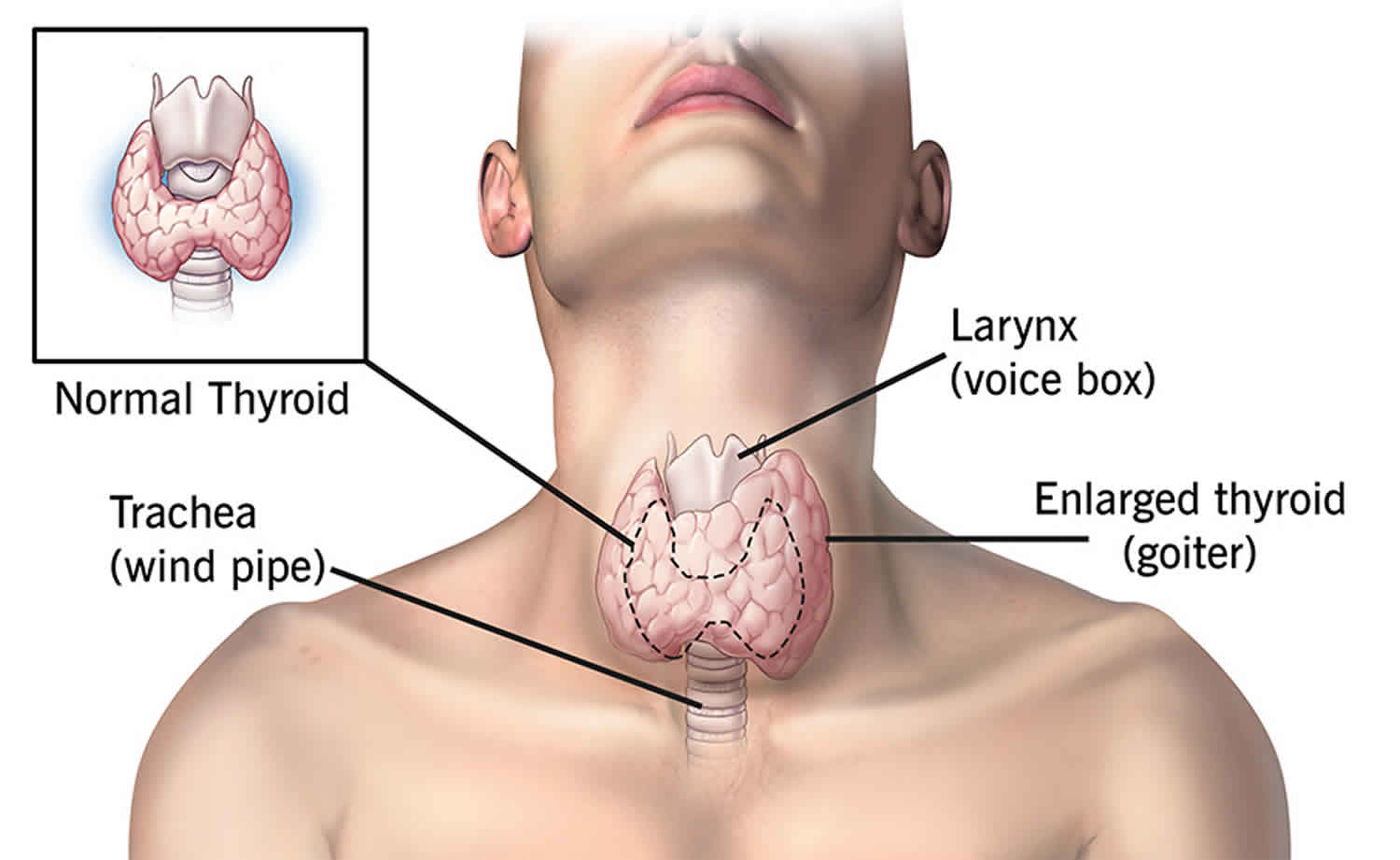
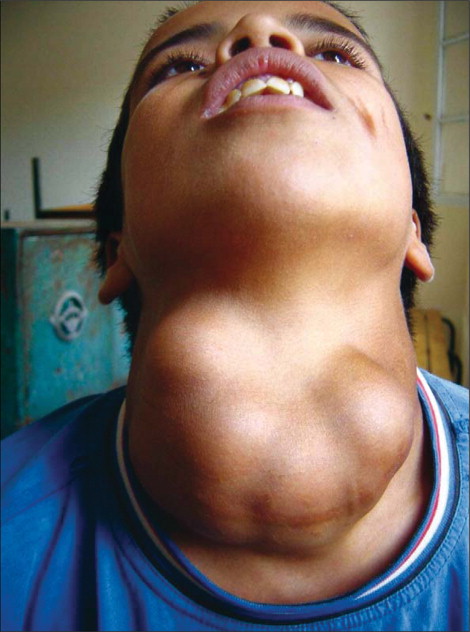
It is well known that the most efficient method of assuring adequate intake of iodine in the diet over time at the right cost to large populations is through the daily consumption of iodised salt – which is a product of the market. It is bought and sold in market places in villages, tribal areas, towns, and cities all over the country every day. The farming, processing, packaging, and marketing of salt in India is largely in the hands of private entrepreneurs. More than 95% of the salt production in the country is handled by the private sector. In such a situation, effective and sustainable elimination of Iodine Deficiency Disorders (IDD) will only be possible if the public sector, and the private sector collaborate in perfect harmony to develop, produce, and promote the daily use of adequately iodised salt.
The public sector, which has the mandate and responsibility to improve the health and nutrition of the population, and the private sector, which has experience and expertise in food production and marketing, are clearly two very important pillars. As a result of their synergy, success has been achieved and we are all benefitting from it. Over the years, surveys have shown that there has been admirable achievement towards sustainable elimination of Iodine Deficiency Disorders (IDD).
From the various national surveys such as the National Family and Health Survey (NFHS), Comprehensive National Nutrition Survey (CNNS) (2016-18), and the India Iodine Survey (IIS) (2018-19), one can see that the cooperation from salt industry is one of the key factors in achieving high coverage of adequately iodised salt in India today. Engagement with medium and small-scale salt producers with focus on improvement in quality of iodised salt through maintenance of quality assurance has been one of the prime reasons for improved household coverage with adequately iodised salt.
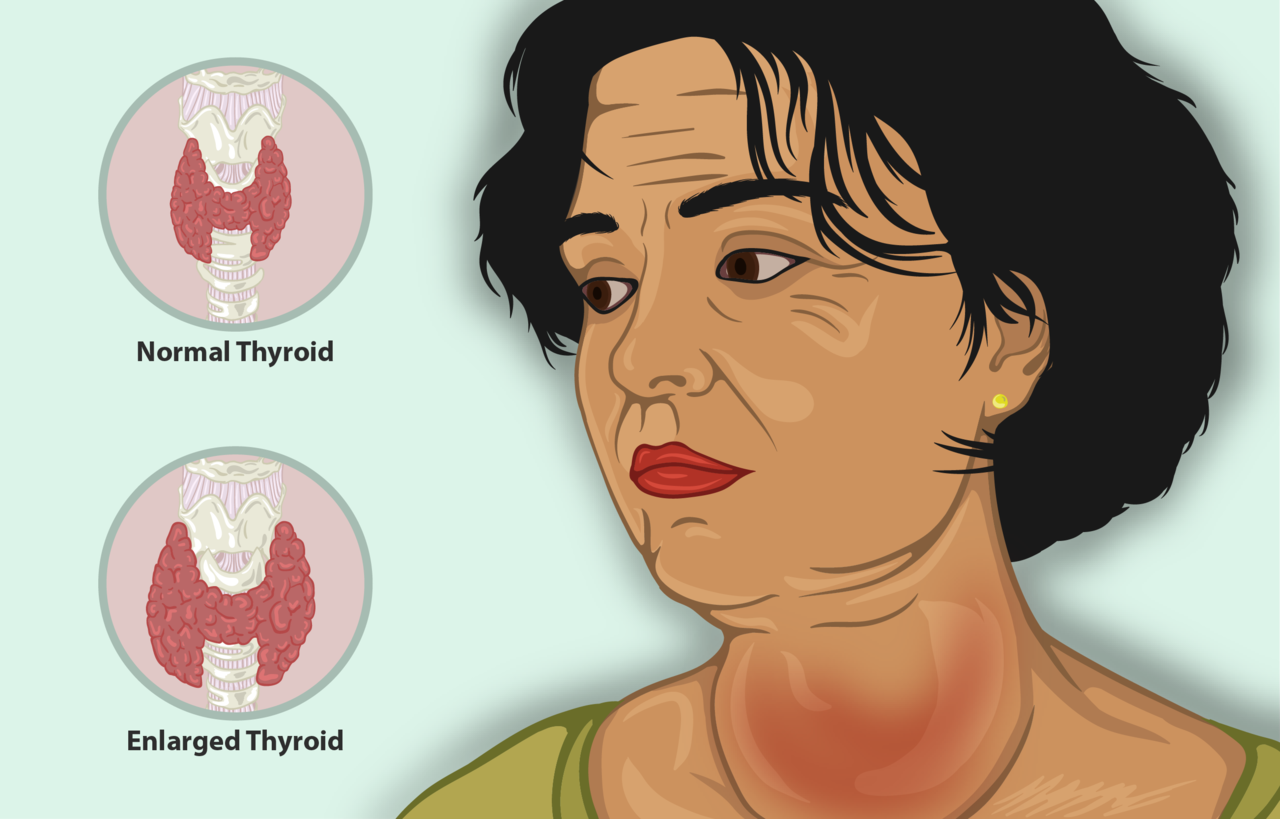
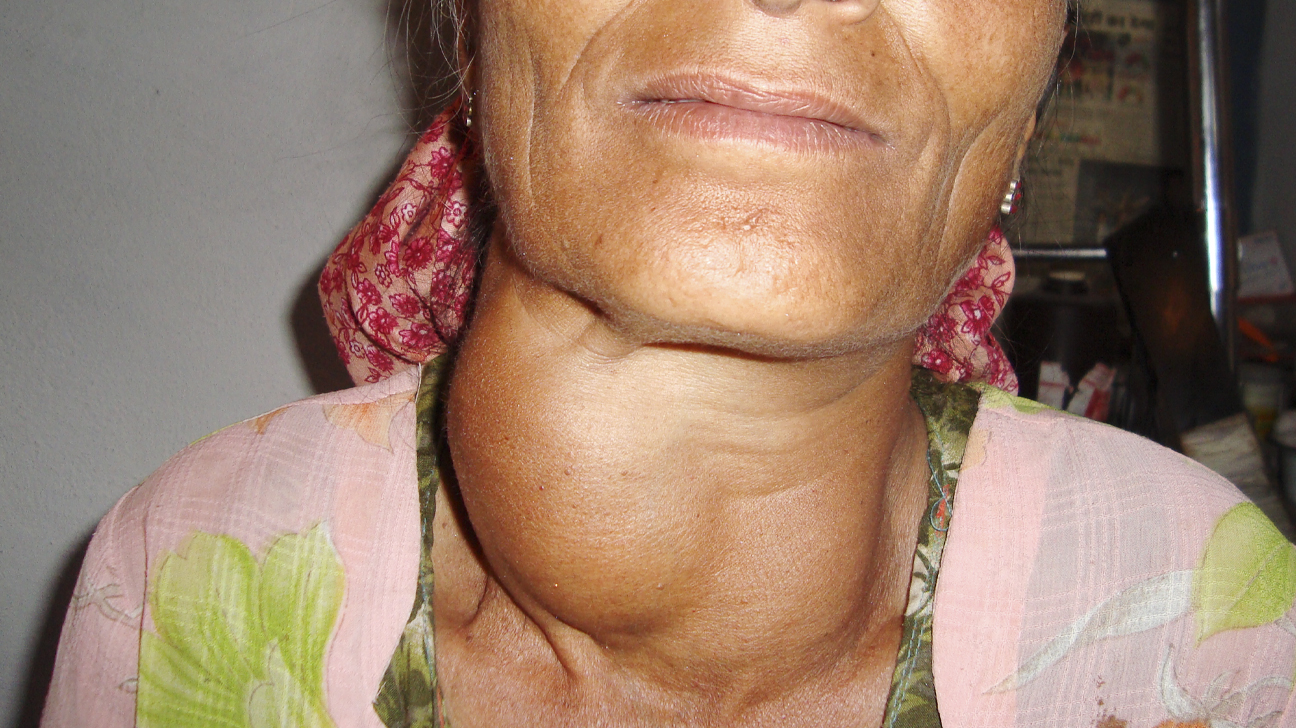 3. The Way Forward
3. The Way Forward
The coverage of adequately iodised salt for sustainable elimination of iodine deficiency disorders is progressing, however it still has not reached the target of more than 90% coverage of adequately iodised salt. As per the latest data reported in the India Iodine Survey (IIS) (2018-19) conducted by the All India Institute of Medical Sciences (AIIMS), Nutrition International, Indian Coalition for Control of Iodine Deficiency Disorders (ICCIDD), and Kantar, 76.3% of the population in India consumes adequately iodised salt, and 92.4% of the population consumes salt with some level of iodine. The estimated population in India as of 2021 is 1.39 billion. 92.4% of the population equates to 1.28billion – which is roughly equal to the population of 193 countries of the world!
A very significant percentage of the population (23.7%) continues to consume inadequately iodised salt (16.1%), or nil iodised salt (7.6%). Thus, there is still a need to reach the unreached population. The harmony and enhancement of partnerships between the public and private sectors is one of the elements that needs to be strengthened to ensuring sustainable elimination of iodine deficiency disorders (IDD). Therefore, The PPP model is very much required to cover the ‘last mile’ of the Universal Salt Iodisation (USI) program in India.
(The author is President, Association for Indian Coalition for Control of Iodine Deficiency Disorders an NGO based in New Delhi)

